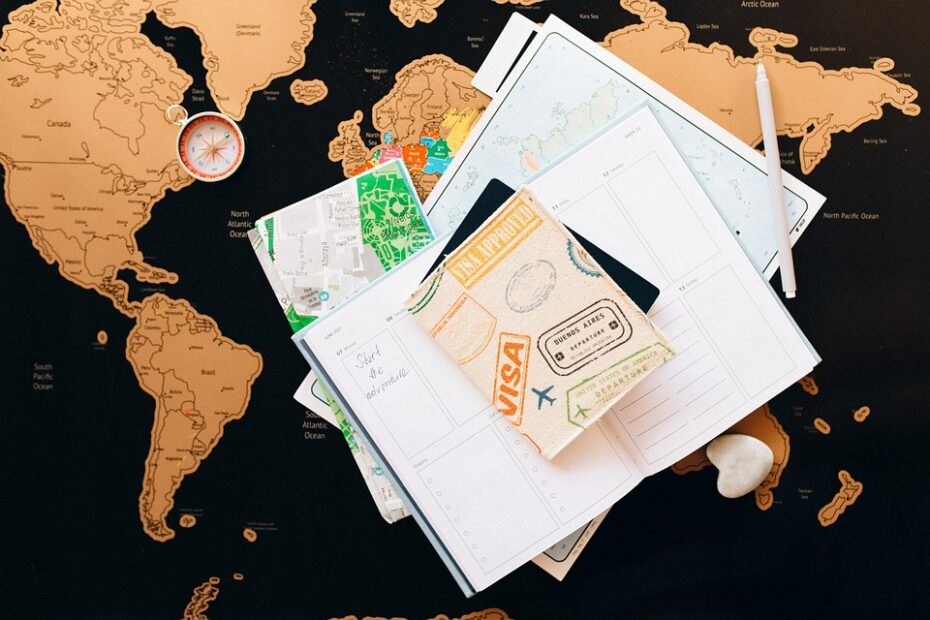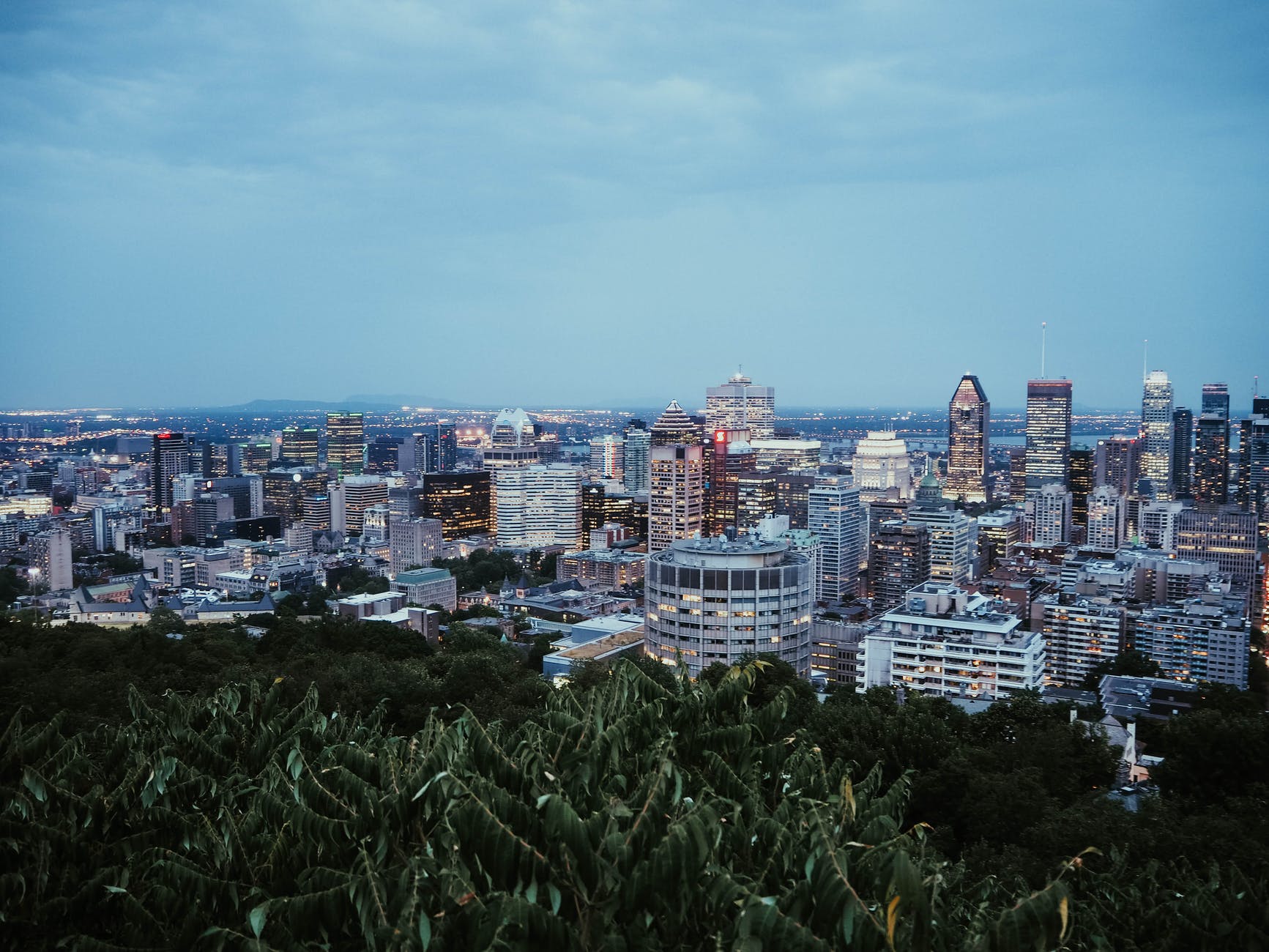1. Introduction to the Diversity Visa (DV) Program
The Diversity Visa (DV) Program, also known as the Green Card Lottery, is a unique immigration program established by the United States government to promote diversity in the immigrant population. Through this program, individuals from countries with historically low rates of immigration to the United States have the opportunity to apply for permanent residency, also known as a Green Card.
The DV Program is an essential component of America’s immigration policy, as it aims to ensure that immigrants from a wide range of countries and backgrounds contribute to the nation’s cultural, social, and economic diversity. By granting visas to individuals from underrepresented regions, the program enriches the fabric of American society and fosters a spirit of inclusivity and tolerance.
2. History of the Diversity Visa Program
The Diversity Visa Program was established as part of the Immigration Act of 1990, which aimed to reform and modernize the US immigration system. The program was introduced to provide opportunities for immigrants from countries with historically low rates of immigration to the United States.
Since its inception, the Diversity Visa Program has undergone several changes and modifications in response to evolving immigration trends and priorities. These changes have included adjustments to eligibility criteria, selection procedures, and program requirements.
2.1. Immigration Act of 1990
The Diversity Visa Program was created as a result of the Immigration Act of 1990, which was signed into law by President George H.W. Bush. The act aimed to address various aspects of US immigration policy, including family-based immigration, employment-based immigration, and diversity-based immigration.
Under the Immigration Act of 1990, the Diversity Visa Program allocated up to 55,000 visas each year to individuals from countries with low rates of immigration to the United States. These visas were distributed through a random lottery system, with selected applicants eligible to apply for permanent residency.
2.2. Program Modifications
Over the years, the Diversity Visa Program has undergone several modifications to adapt to changing immigration priorities and demographics. These modifications have included adjustments to the list of eligible countries, changes to eligibility criteria, and updates to the application and selection process.
One significant modification to the program occurred in 1997 when the eligibility criteria were revised to require applicants to have a high school diploma or equivalent education. This change was intended to ensure that selected applicants possessed the necessary skills and qualifications to contribute to the US economy.
3. Eligibility Criteria for the Diversity Visa Program
To participate in the Diversity Visa Program, applicants must meet specific eligibility criteria established by the US Department of State. These criteria are designed to ensure that selected applicants have the qualifications and background necessary to succeed in the United States.
3.1. Country of Eligibility
One of the primary eligibility criteria for the Diversity Visa Program is country of eligibility. Each year, the US Department of State publishes a list of countries whose nationals are eligible to participate in the program. This list is based on immigration data from the previous five years and is subject to change annually.
Individuals born in countries with high rates of immigration to the United States, such as Mexico, China, India, and the Philippines, are generally not eligible to participate in the Diversity Visa Program. However, individuals born in other countries, including those in Africa, Asia, Europe, and Oceania, may be eligible to apply.
3.2. Educational or Work Experience
In addition to country of eligibility, applicants must meet specific educational or work experience requirements to qualify for the Diversity Visa Program. Applicants must have either a high school diploma or equivalent education (as defined by the US educational system) or two years of work experience within the past five years in a qualifying occupation.
Qualifying occupations are classified according to the US Department of Labor’s O*NET Online database, which categorizes occupations based on skill level, education, and training requirements. Applicants must demonstrate that their work experience meets the criteria for a qualifying occupation to be eligible for the Diversity Visa Program.
4. Application Process for the Diversity Visa Program
The application process for the Diversity Visa Program is relatively straightforward, but it requires careful attention to detail and adherence to deadlines. Here’s a step-by-step guide to applying for the program:
4.1. Registration Period
The first step in the application process is to register for the Diversity Visa Program during the annual registration period. The registration period typically opens in early October and closes in early November each year. During this period, applicants must submit their entries through the official Diversity Visa lottery website.
It’s essential to submit your entry early in the registration period to avoid any last-minute technical issues or website congestion. Late entries will not be accepted under any circumstances, so it’s crucial to plan ahead and submit your entry before the deadline.
4.2. Entry Submission
When submitting your entry for the Diversity Visa Program, you’ll need to provide certain biographical information, including your full name, date of birth, country of birth, and passport details. You’ll also need to upload a recent photograph of yourself and any eligible dependents included in your entry.
It’s important to ensure that all information provided is accurate and up to date, as any discrepancies or inaccuracies could result in disqualification from the program. Once you’ve completed and submitted your entry, you’ll receive a confirmation number that you can use to check the status of your entry later.
4.3. Selection and Notification
After the registration period closes, the US Department of State will conduct a random lottery to select potential Diversity Visa Program winners from among the eligible entries received. The selection process is entirely random, and there is no way to influence or predict the outcome of the lottery.
If you are selected as a potential winner, you will be notified by the US Department of State through the official Diversity Visa lottery website. It’s essential to keep your confirmation number safe and secure, as you’ll need it to check the status of your entry and any notifications from the Department of State.
5. Diversity Visa Interview and Processing
If you are selected as a potential winner of the Diversity Visa Program, you’ll need to complete additional steps to obtain your immigrant visa and immigrate to the United States. Here’s what to expect:
5.1. Visa Interview Preparation
One of the final steps in the Diversity Visa Program process is the immigrant visa interview at the US embassy or consulate in your home country. The purpose of the interview is to assess your eligibility for the Diversity Visa and ensure that you meet all necessary requirements for immigration to the United States.
To prepare for your visa interview, gather all required documentation, including your passport, birth certificate, educational certificates, and any other supporting documents requested by the embassy or consulate. Practice answering potential interview questions and familiarize yourself with the
visa interview process to ensure a smooth experience.
5.2. Background Checks and Security Clearance
As part of the visa processing procedures, you’ll be required to undergo background checks and security clearance to ensure that you do not pose a security risk to the United States. These checks may include fingerprinting, criminal background checks, and other security measures.
It’s essential to cooperate fully with the visa processing authorities and provide any additional information or documentation requested promptly. Failure to comply with the security clearance process may result in delays or denial of your immigrant visa application.
6. Adjustment of Status or Consular Processing
Once you’ve completed the necessary steps and received your immigrant visa, you’ll have two options for entering the United States and obtaining your permanent residency:
6.1. Adjustment of Status
If you are already present in the United States on a valid nonimmigrant visa or other temporary status, you may be eligible to adjust your status to that of a lawful permanent resident (Green Card holder) without leaving the country. To do so, you’ll need to file Form I-485, Application to Register Permanent Residence or Adjust Status, with US Citizenship and Immigration Services (USCIS).
Adjustment of status allows you to remain in the United States while your Green Card application is processed, eliminating the need for consular processing abroad. However, you must meet all eligibility requirements and maintain lawful status during the adjustment process.
6.2. Consular Processing
If you are residing abroad when you receive your immigrant visa, you’ll need to undergo consular processing at the US embassy or consulate in your home country before entering the United States. Consular processing involves attending a visa interview, submitting additional documentation as required, and undergoing medical examinations and security checks.
Once your immigrant visa application is approved, you’ll receive your visa and travel to the United States to complete the immigration process. Upon arrival, you’ll be admitted as a lawful permanent resident and receive your Green Card.
7. Benefits and Opportunities for Diversity Visa Program Winners
Winning the Diversity Visa Program and obtaining permanent residency in the United States opens up a world of opportunities and benefits for immigrants and their families. Here are some of the key benefits:
7.1. Permanent Residency
As a Green Card holder, you’ll enjoy the benefits of permanent residency in the United States, including the right to live and work anywhere in the country indefinitely. Permanent residency also provides a pathway to US citizenship through naturalization, allowing you to fully participate in American society and culture.
With permanent residency, you’ll have the freedom to pursue your career goals, access healthcare and education benefits, and enjoy the protections and privileges afforded to US residents.
7.2. Employment and Education
Green Card holders have the right to work in the United States without restrictions, allowing them to pursue employment opportunities in any industry or occupation of their choosing. You’ll have access to a wide range of job opportunities and career pathways, including positions that require security clearance or government employment.
In addition to employment opportunities, Green Card holders can access higher education and pursue academic and professional development opportunities in the United States. You’ll have access to colleges, universities, and vocational schools, as well as scholarships, grants, and financial aid programs available to US residents.
8. Conclusion: Embracing Diversity and Opportunity
The Diversity Visa Program plays a vital role in promoting diversity and inclusivity in the United States by providing immigration opportunities to individuals from underrepresented regions and backgrounds. Through the program, immigrants from diverse countries and cultures contribute to the rich tapestry of American society and strengthen the nation’s economy and communities.
By understanding the eligibility criteria and application process for the Diversity Visa Program, eligible individuals can pursue their American dreams and build a better future for themselves and their families in the United States.



